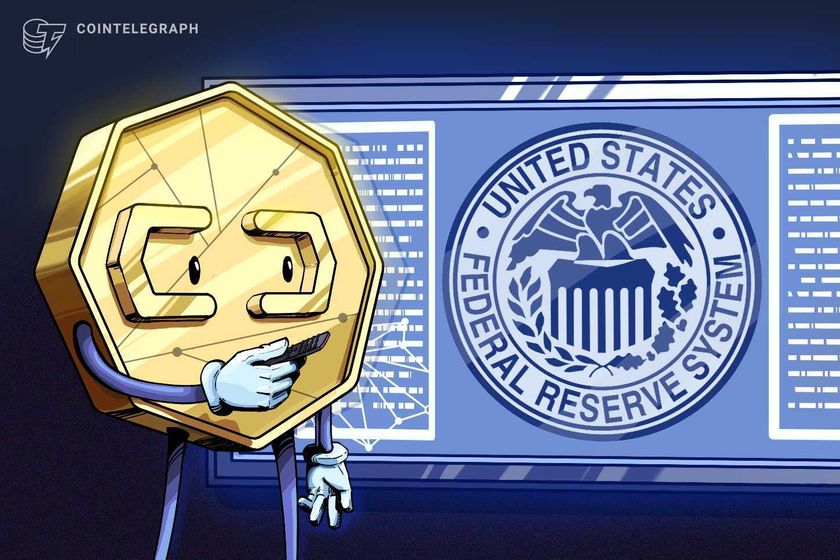West Texas Intermediate (WTI), the US crude oil benchmark, is trading around $61.00 during the early European trading hours on Tuesday. The WTI falls after the Organization of the Petroleum Exporting Countries and its allies (OPEC+) is reportedly considering a modest production increase in December. Traders brace for the American Petroleum Institute (API) weekly crude oil stock report later on Tuesday.
Reuters reported that OPEC+ members are likely to agree on Sunday to increase December output targets by another 137,000 barrels per day (bpd). While the base scenario assumes restoring output to around 1.66 million bps, there is still no consensus on the pace of further expansion. The group’s plans to increase oil output could weigh on the black gold in the near term.
On the other hand, US sanctions against Russia’s biggest oil companies could lift the WTI price. Last Wednesday, the Trump administration announced sanctions on Rosneft and Lukoil, Russia’s biggest oil producers, due to Russia’s lack of serious commitment to a peace process to end the war in Ukraine.
The initial positive developments surrounding US-China trade talks might underpin the WTI price. US Treasury Secretary Scott Bessent said on Sunday that the agreement would remove the threat of 100% tariffs on Chinese imports set to take effect on November 1 and would include “a final deal” on the sale of TikTok in the US.
Traders will closely monitor progress toward a US-China trade deal, with Trump and his Chinese counterpart Xi Jinping set to meet at a summit on Thursday after top negotiators paved the way for an agreement.
WTI Oil FAQs
WTI Oil is a type of Crude Oil sold on international markets. The WTI stands for West Texas Intermediate, one of three major types including Brent and Dubai Crude. WTI is also referred to as “light” and “sweet” because of its relatively low gravity and sulfur content respectively. It is considered a high quality Oil that is easily refined. It is sourced in the United States and distributed via the Cushing hub, which is considered “The Pipeline Crossroads of the World”. It is a benchmark for the Oil market and WTI price is frequently quoted in the media.
Like all assets, supply and demand are the key drivers of WTI Oil price. As such, global growth can be a driver of increased demand and vice versa for weak global growth. Political instability, wars, and sanctions can disrupt supply and impact prices. The decisions of OPEC, a group of major Oil-producing countries, is another key driver of price. The value of the US Dollar influences the price of WTI Crude Oil, since Oil is predominantly traded in US Dollars, thus a weaker US Dollar can make Oil more affordable and vice versa.
The weekly Oil inventory reports published by the American Petroleum Institute (API) and the Energy Information Agency (EIA) impact the price of WTI Oil. Changes in inventories reflect fluctuating supply and demand. If the data shows a drop in inventories it can indicate increased demand, pushing up Oil price. Higher inventories can reflect increased supply, pushing down prices. API’s report is published every Tuesday and EIA’s the day after. Their results are usually similar, falling within 1% of each other 75% of the time. The EIA data is considered more reliable, since it is a government agency.
OPEC (Organization of the Petroleum Exporting Countries) is a group of 12 Oil-producing nations who collectively decide production quotas for member countries at twice-yearly meetings. Their decisions often impact WTI Oil prices. When OPEC decides to lower quotas, it can tighten supply, pushing up Oil prices. When OPEC increases production, it has the opposite effect. OPEC+ refers to an expanded group that includes ten extra non-OPEC members, the most notable of which is Russia.
Source: https://www.fxstreet.com/news/wti-falls-to-near-6100-on-opecs-plan-to-raise-output-202510280659


